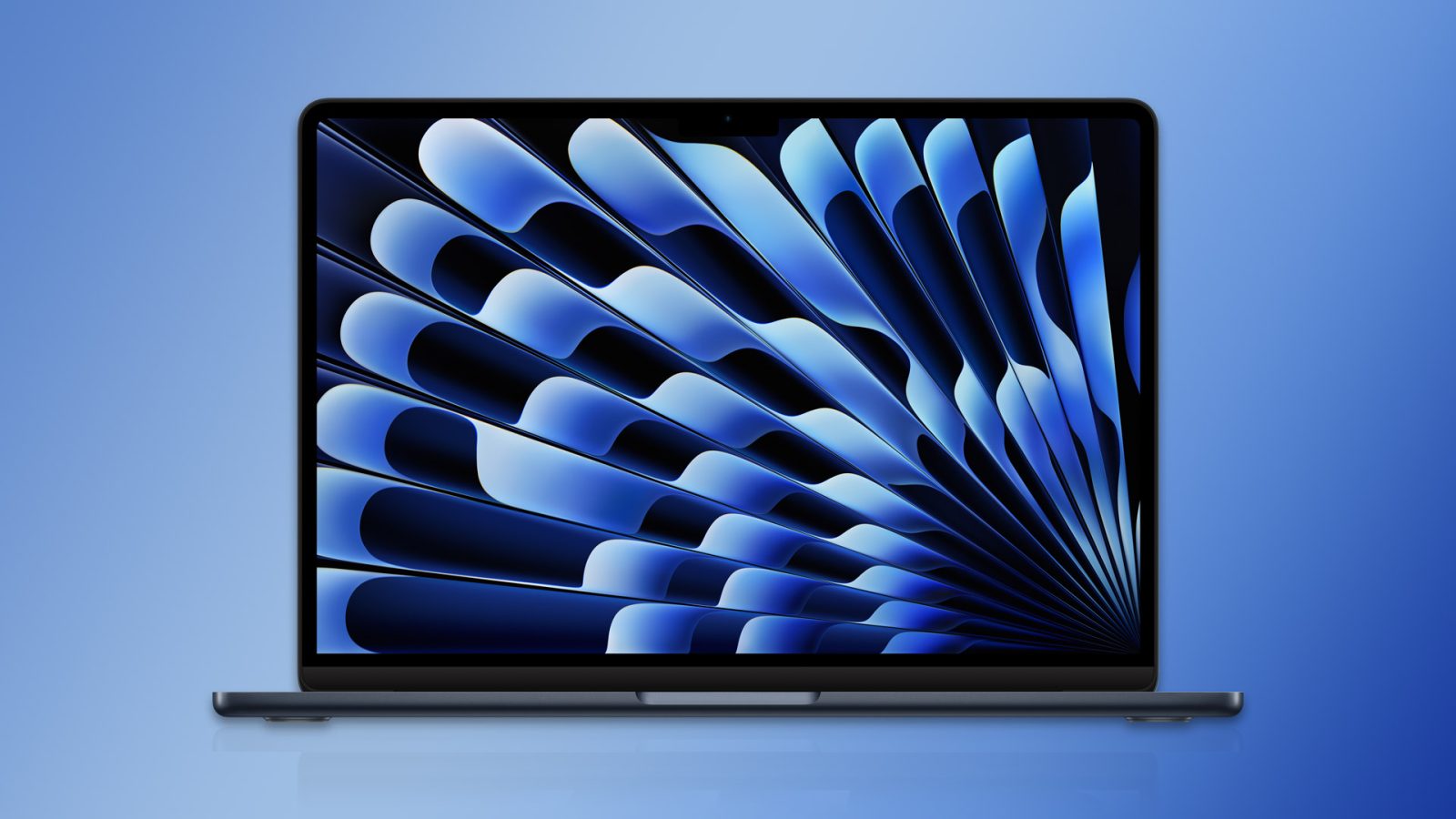
A new interview with two of Apple’s leaders behind the 15-inch MacBook Air reveals some interesting behind-the-scenes details about the new laptop. Read along for the biggest challenge to making it, how Apple settled on the 15.3-inch size, why Apple felt it was time to expand the MacBook Air lineup, and more.
Kate Bergeron, Apple’s VP of hardware engineering, and Laura Metz of Apple’s Mac product marketing team spoke with Mark Spoonauer at Tom’s Guide.
No surprise with the answer to the first question about how Apple decided it was time to launch a 15-inch MacBook Air – competition and demand. Metz shared:
“And as we look at the market landscape, we’ve got a huge population of PC laptops that have 15-inch displays. And so we know that we’ve got users who don’t necessarily need the performance of a MacBook Pro to get that larger display. They just don’t necessarily need all that capability and performance, and so with Apple silicon it was a great opportunity to look at this.”
When it came to picking the exact display size, Bergeron revealed how Apple landed on the larger 15.3 inches instead of an even 15:
We worked very closely with the folks on our display team to understand how we can optimize the number of panels we can fit on a large set of the motherboard glass. And so, we knew we wanted to be in the 15-inch range, but we got the opportunity to push all the way out 15.3 inches because we could cut the other glass to that size. So, it’s nice that we could hit this sweet spot and even go just a tad bigger, which our customers will really appreciate.
For thinness, Bergeron said the goal was initially to make the 15-inch the same 11.3 mm as the 13-inch MacBook Air. It ended up being super close at 11.5 mm – here’s why it’s a smidge thicker:
One of the big things that the team really had to focus on is reliability performance and durability over that large screen size. The display where the LCD needs to be structurally really sound. And so we use a structural adhesive to attach the panel to the chassis piece that we call the display housing.
Speaking of structural soundness and durability, that ended up being the biggest challenge to engineering the world’s thinnest 15-inch laptop. Bergeron explained:
It’s a lot more difficult of an engineering challenge than most people might appreciate. Picking up this system by the corner and just holding the product, we make sure that it’s stiff and durable and really presents that level of Apple quality that everybody comes to expect from us. We don’t even want people to consider that. We want to do everything that we can to make this experience great.
Check out the full interview over at Tom’s Guide.
More on the 15-inch MacBook Air:
- 15-inch M2 MacBook Air reviews: Big screen, bigger value
- 15-inch MacBook Air vs 13-inch Air: What’s the same, what’s changed?
- MacBook Pro vs Air: Here’s how the latest M2 laptops compare
FTC: We use income earning auto affiliate links. More.






Comments